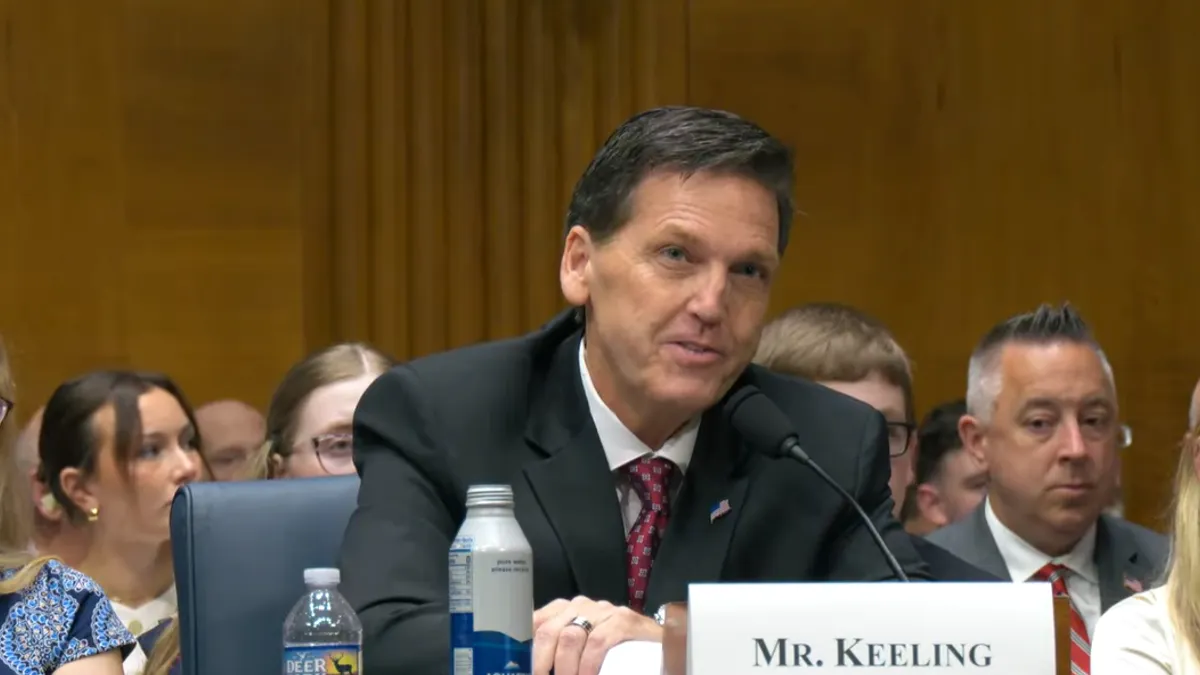Bankruptcy is many contractors’ worst nightmare. For some companies, it’s a public declaration that it was not able to handle its business dealings successfully, and that it can’t pay its bills. In any industry, including construction, maintaining a reputation as solid and trustworthy is critical, and to onlookers, a bankruptcy filing — whether it’s liquidation or reorganization — could very well indicate the opposite.
However, the protection that bankruptcy offers is often the last resort for some companies, and it comes after an agonizing decision-making process by owners and executives.
But the reasons behind that decision aren’t always what one expects. Of course, there are those companies that make bad business decisions or spend money irresponsibly, but there are a wide variety of circumstances that could lead a business to bankruptcy court.
Examples include an industry slowdown, insolvency of nonpayment by a customer, disputes and personnel claims or other internal operational problems related to finances. The inability to obtain materials or an unexpected price increase, for example, can also lead to a falling behind on the schedule. That and construction defect claims are other situations that can create serious enough hardships for a business, according to attorney Lei Lei Wang Ekvall of Smiley Wang-Ekvall LLP, in Costa Mesa, California. And none rises to the level of “most common,” she said.
While predictions for the construction business remain positive through at least 2019, factors like rising construction costs, increases in interest rates and a lack of skilled labor could threaten growth, she said, so more contractors could find themselves in financial straits.
“We expect the building industry to see some kind of slowdown in the next couple of years,” Wang Ekvall said, “so it is best to take immediate precautions to minimize exposure in a down market.”
She said these measures include:
- Obtaining adequate insurance and bonds.
- Double-checking the numbers to make sure projects have been priced properly.
- Estimating accurately the time it will take to complete a job.
- Hiring competent legal counsel to review contracts and agreements.
- Ensuring that there are experienced and capable supervisors within the company.
Nevertheless, 2018 saw several significant bankruptcies impact the construction industry. Here are some of the most notable.
Carillion, Wolverhampton, England
Carillion may be the highest-profile and most shocking construction firm bankruptcy case of the last year. The United Kingdom’s second largest provider of construction services and employer of 43,000 worldwide, Carillon plc announced last January that it would go into compulsory liquidation. Left with just £29 million (U.S. $36.9 million at the time of publication) in cash and £1.5 billion of debt, Carillion had issued profit warnings to shareholders in 2017 and, according to the Financial Times, took on debt and sold assets to be able to pay dividends. In a period of five years prior to its collapse, Carillion paid out dividends of £376 million, but its operations generated not even 43% of that in net cash.
The company's troubles reportedly started in 2017 when some of its customers in the Middle East failed to pay it. The firm was then reportedly hit by a wave of unprofitable projects. Carillion was a top contractor for U.K. public projects as well, and a report from British lawmakers said one of the things that pushed the company toward insolvency was shifting too much risk for too little compensation.
Natelco Corp., Columbia Heights, Maryland
Natelco Corp., one of the Washington, D.C., metro area’s largest electrical contractors, filed for bankruptcy protection in June, and left two multimillion debtors: vendor Maurice Electrical Supply, to which it owed almost $2.3 million; and Sandy Spring Bank, where the company had a $5.5 million revolving loan.
Despite Natelco claims in bankruptcy court documents that its accounts receivables were stable leading up to the filing, Sandy Spring maintained that the company continued to incur operating losses, did not grow gross revenue streams and had not won enough new customers to stay in the black. The bank declared the company in default and was intent on sweeping its accounts to recoup the money, leaving Natelco with the prospect of no operating cash to pay its other debts.
Welded Construction, Perrysburg, Ohio
Welded Construction is a pipeline contractor that performed work on big projects all over the U.S., but it claimed it was the work it performed on The Williams Cos.’ Atlantic Sunrise pipeline, which runs from Pennsylvania to the Southeast, that landed it in bankruptcy court in October.
Welded claims that Williams stiffed it out of $23.5 million in unpaid invoices, which led to a “liquidity crisis.” The filing, Welded said, was to give the company breathing room and time to reassure its other customers that it was capable of completing jobs. Williams fired the first salvo in a pre-bankruptcy filing claiming Welded was in breach of its contract.
The case is still open, but Sunoco, three days before Welded filed for bankruptcy protection, removed Welded from its Mariner East pipeline project, alleging noncompliance with environmental regulations.
Peoples Electric, St. Paul, Minnesota
In November, Peoples Electric unexpectedly shuttered its operations and filed for bankruptcy in October after almost 100 years in business. In its court filings, it identified $7.1 million in liabilities and $7.6 million in assets but only $643,000 of that in cash. Nearly $5 million of the company’s debt was owed to trade-related vendors and businesses.
The family business, according to a report in the Minneapolis/St. Paul Business Journal, had unsuccessfully bid on large contracts, and the resulting hit to its operations was one it couldn’t survive. Before filing for bankruptcy, the company had attempted to find a buyer but failed.
Local union officials told the Business Journal that, fortunately, even though Peoples laid off its workers, the tight labor market meant that the electricians were able to find employment elsewhere.
Hultgren Construction, Sioux Falls, South Dakota
In July, South Dakota contractor Hultgren Construction ended a tragic chapter in the company’s history by filing for bankruptcy protection.
As Hultgren was working on the Cooper Lounge in Sioux Falls in December 2016, it collapsed, killing one worker and trapping another for hours. The company had a $2 million general liability insurance policy in place at the time but for personal injury and property damage claims had already totaled almost $5 million as of August. The company’s representative claimed it had not even $4,000 in assets, so a judge questioned why its filing had been for Chapter 11 reorganization instead of liquidation.
The case is still in the Chapter 11 process, but a judge could determine eventually that there are not enough assets to reasonably assume it could reorganize, especially because Hultgren is no longer doing business.
According to the last filing in the case, Hultgren and its creditors were ordered to reach a mediation agreement by Jan. 8 as to the distribution of insurance proceeds.




















